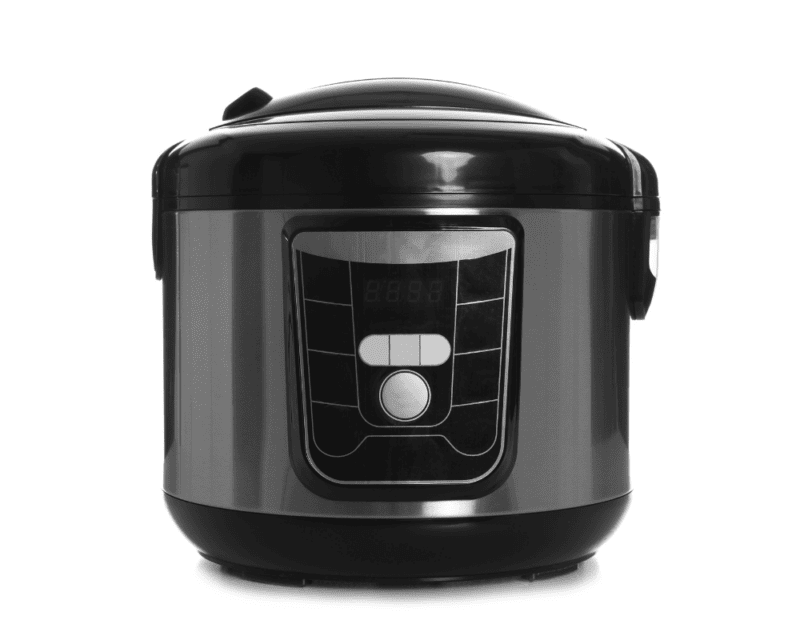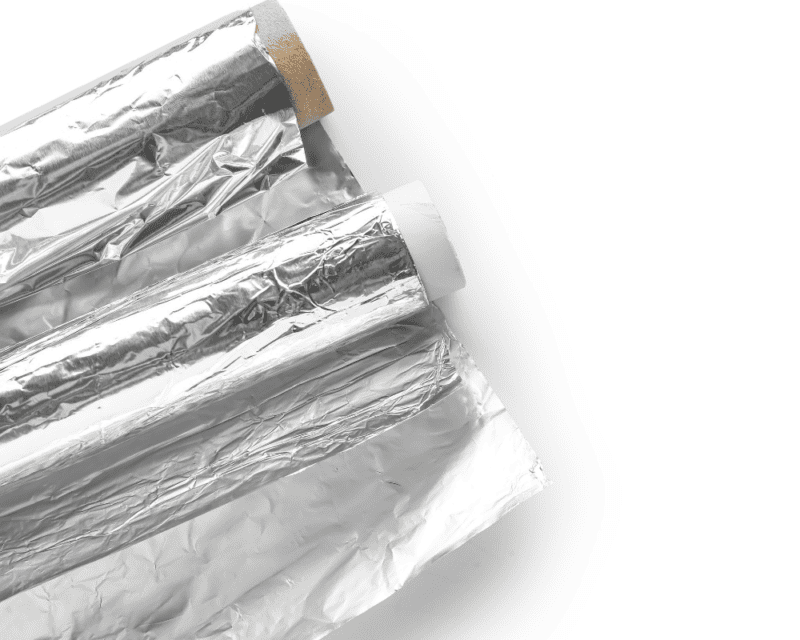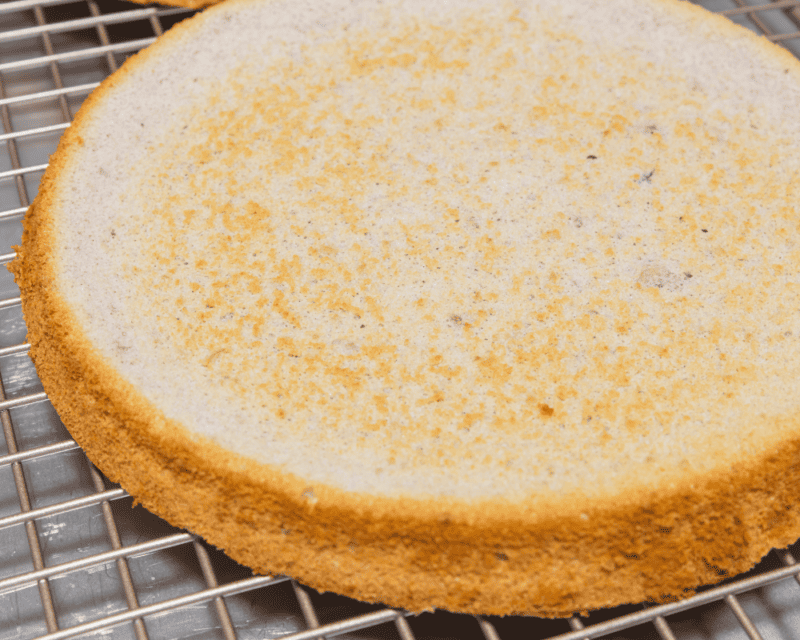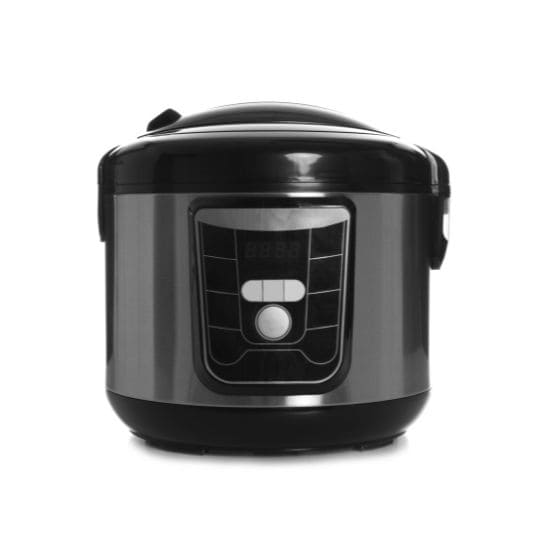Slow cookers are versatile kitchen appliances that can make more than just savoury stews and chilis. They can also be your secret weapon for creating delicious baked goods. From moist cakes to crusty bread, the low and slow cooking methods can yield surprisingly delightful results. However, baking in a slow cooker requires some adjustments to traditional techniques. In this guide, we’ll walk through essential slow cooker baking tips to ensure your sweet treats come out perfectly every time.
1. Grease and Flour Slow Cooker

Before using your slow cooker to bake cakes, breads, or other bakes, take a minute to prep the inner crock to prevent sticking. Coat the interior sides and bottom with butter, non-stick spray, or oil using a pastry brush or paper towel. Then dust lightly and evenly with about 1-2 tablespoons of flour or cocoa powder; tilt and tap to fully coat all surfaces the dough will contact during rising and baking. Proper greasing and flouring create an easy release.
2. Soften Butter and Sugar for Cakes
To achieve cakes with ideal texture rather than tunnelling or sinking, ingredients must combine smoothly. So, room temperature butter creams well with sugar versus remaining in cold clumps, leading to uneven distribution later as it melts. Remove butter from the fridge for at least an hour before baking to soften naturally. To fast track, cut cold butter into small cubes, then microwave for 10 seconds at a time, checking until slightly softened but not fully melted. Cream well with all sugar.
3. Adjust Liquid for Batter Flow

The moisture released by a slow cooker’s enclosed steamy environment impacts batter consistency differently than standard ovens. Reduce the total liquids called for in traditional recipes by approximately 25% to allow for extra moisture released while pressure cooking batters. Adding too much initial liquid causes overflow or prevents structure development. For quick breads, also cut back slightly on binding eggs and fat.
4. Select Time and Temperature
Program slow cookers 5-10 degrees higher than comparable oven temperatures to account for slightly lower indirect heat. Approximate 2 hours total cooking time per cake layer. Quick breads take around 3 hours, while dense pound cakes and cheesecakes bake closer to 4 hours. Test doneness by touching tops gently. If still wet, continue for another 15 minutes. For crusty artisanal bread, cook for 4 hours, then uncover for the last 45 minutes, achieving crusty exteriors.
5. Cover Baking Pan with Foil

Securely wrapping a baking pan in aluminium foil creates an oven-like enclosed environment for bread doughs to rise and set within a slow cooker before crusting properly. The aluminium tent traps activate yeast’s released gases while slowing moisture invasion. Trim foil for handle grips, enabling easier insertion and removal. Check doneness early as foil insulation accelerates baking speed once heated.
6. Insert a Wire Rack
Elevating baked goods from direct contact with the stoneware crock bottom allows better rising and even browning, preventing burning in slow cookers. Choose a flat, sturdy metal wire rack just slightly smaller than the interior width so it balances securely halfway up the sides without toppling over. Before preparing the batter or rolling dough, place the rack inside, then centre the cake pan or baking dish on top to bake evenly in the steamy enclosed space.
7. Rotate Midway Through
To ensure uniform heating and coloring rather than one side becoming overdone, rotate pans 180 degrees midway through slow cooker baking times by carefully removing and replacing them. Use foil slings or sturdy plates allowing easier rotation without burning hands on tight-fitting lids. Gently peek and rotate again if needed in the final 30 minutes for perfectly even outcomes edge-to-edge worthy of centerpiece displays.
8. Allow Standing Time

Just as typical oven recipes benefit from standing time, let slow cooker baked goods rest before removing them from hot containers to complete setting up. Cakes will pull away slightly from the sides as they are firm during standing. Breads will further set crusts, and dense pound cake centers will solidify once removed from additional direct ambient residual device heat. If serving warm desserts or breads, wrap well and allow resting time for service temperatures.
9. Adapt Add-In Mixing and Layering
Many traditional baking recipes call for mixing delicate add-ins like chocolate chips, nuts, or fruit either by gentle folding or specific layering in pans to incorporate evenly while preventing sinking or over-softening from direct extended heat. Adapt recipes for slow cooking success by first partially baking base batters to thicken, then sprinkling or swirling mix-ins on top about halfway through total times. For example, bake plain cheesecake or pound cake layers, then add fresh strawberry or cherry compotes to finishes for even distribution without weighting batters or bleeding colors outward unattractively. Streusel, crumble, and crisp toppings also benefit from partial baking and then topping to avoid saturating into bases fully. Take a cue from bar cookie recipes by reserving half the batter plain, swirling in melted chips/nuts flavors separately so they ribbon through batters baked up without totally blending in. The results will impress guests with striking yet cohesive designs suiting slow cooking times.
10. Finish Surface Appearances
While slow cooker baking often means accepting slightly rustic finishes lacking refined smoothness, various tips during and after cooking help elevate the presentation. As the batter starts setting up, lay overlapping strips of parchment across top surfaces to prevent excess darkening before serving. Or tent foil over bread loaves or cake layers for their final hour to boost evenness. Cool completely before drizzling simple glazes, sprinkling confectioner’s sugar, or dusting cocoa powder uniformly. Mask uneven dome contours by arranging fresh fruit or compote dollop attractively on top. Pipe decorative buttercreams along their edges or overflowing drippy ganaches down the sides. Taller, unfrosted bundt pound cakes can be coated in crunchy toasted nuts bound with syrup for added texture and taste contrast. Take plain baked doughs up a notch by portioning them into rounds, splitting and filling them with whipped cream, lemon curds, or fruit for an impressive stacked shortcake dessert. Get creative decorating slow cooker baked goods so any visual imperfections fade behind fabulous toppings and fillings.
Summing Up
Embracing the art of slow cooker baking can expand your culinary horizons and provide you with a plethora of new dessert options. With these tips, you can transform your everyday slow cooker into a reliable baking companion. Whether you’re preparing a rich cheesecake, a hearty bread, or a fluffy cake, remember to allow for the nuances of slow cooking: adjust liquids, manage temperatures, and be patient with the process. The final touches you add to your baked goods can make all the difference, turning simple recipes into standout dishes. So go ahead, experiment with your slow cooker and surprise your guests with delectably crafted confections that defy conventional baking boundaries.

